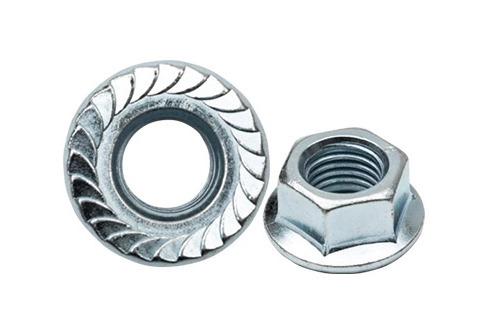In the realm of modern architecture and construction, facade insulation plays a pivotal role in enhancing energy efficiency, improving indoor comfort, and reducing environmental impact. As the demand for sustainable building practices grows, understanding the various materials used for facade insulation becomes essential for architects, builders, and property owners alike. This article delves into the diverse range of materials available for facade insulation, examining their properties, applications, and benefits.
- The Importance of Facade Insulation
Before we explore the materials, it’s crucial to understand why facade insulation is vital. Facade insulation serves several key functions:
- Energy Efficiency: Proper insulation minimizes heat transfer, reducing the need for heating and cooling systems, which in turn lowers energy consumption and costs.
- Comfort: Insulated facades help maintain stable indoor temperatures, enhancing occupant comfort.
- Moisture Control: Effective insulation prevents moisture accumulation, reducing the risk of mold and structural damage.
- Acoustic Performance: Insulation materials can also provide soundproofing benefits, creating quieter indoor environments.
- Common Materials Used for Facade Insulation
2.1. Expanded Polystyrene (EPS)
Expanded Polystyrene (EPS) is a lightweight, rigid foam insulation material widely used in facade applications. Its closed-cell structure provides excellent thermal resistance, making it an effective choice for energy-efficient buildings. EPS is also moisture-resistant, which helps prevent mold growth.
Applications: EPS is commonly used in external wall insulation systems (EWIS) and can be easily cut and shaped to fit various architectural designs.
Benefits:
- High thermal performance (R-value)
- Cost-effective
- Lightweight and easy to handle
2.2. Extruded Polystyrene (XPS)
Extruded Polystyrene (XPS) is another foam insulation material, known for its superior moisture resistance and compressive strength. Unlike EPS, XPS is produced through a continuous extrusion process, resulting in a denser and more uniform product.
Applications: XPS is ideal for below-grade applications, such as foundation walls, as well as above-grade facades.
Benefits:
- Excellent moisture resistance
- High compressive strength
- Durable and long-lasting
2.3. Mineral Wool (Rock Wool)
Mineral wool, or rock wool, is made from natural or recycled materials, such as basalt rock or slag. It is known for its fire-resistant properties and excellent sound insulation capabilities. Mineral wool is also hydrophobic, meaning it repels water while allowing vapor to escape, which helps prevent moisture buildup.
Applications: Mineral wool is often used in curtain wall systems and as part of insulated concrete forms (ICFs).
Benefits:
- Fire-resistant
- Superior acoustic performance
- Environmentally friendly
2.4. Polyurethane (PUR) and Polyisocyanurate (PIR)
Polyurethane (PUR) and Polyisocyanurate (PIR) are rigid foam insulation materials that offer high thermal resistance in a relatively thin profile. PIR, in particular, has a higher fire resistance compared to PUR, making it suitable for applications where fire safety is a concern.
Applications: These materials are commonly used in commercial buildings, particularly in roof and wall insulation systems.
Benefits:
- High R-value per inch
- Lightweight and easy to install
- Versatile for various applications
2.5. Aerogel
Aerogel is one of the most advanced insulation materials available, known for its exceptional thermal performance and lightweight properties. Often referred to as frozen smoke, aerogel has a very low thermal conductivity, making it an ideal choice for high-performance buildings.
Applications: Aerogel is typically used in specialized applications, such as historic building restorations or in areas where space is limited.
Benefits:
- Outstanding thermal performance
- Extremely lightweight
- Environmentally friendly options available
- Factors to Consider When Choosing Facade Insulation Materials
When selecting insulation materials for facades, several factors should be taken into account:
- Thermal Performance: Look for materials with high R-values to ensure optimal energy efficiency.
- Moisture Resistance: Choose materials that can effectively manage moisture to prevent mold and structural damage.
- Fire Safety: Consider the fire resistance of materials, especially in urban environments or high-rise buildings.
- Environmental Impact: Opt for sustainable materials that contribute to green building certifications, such as LEED.
- Cost: Evaluate the initial cost versus long-term energy savings to determine the best value.
- Conclusion
Facade insulation is a critical component of modern building design, influencing energy efficiency, occupant comfort, and overall sustainability. By understanding the various materials available—such as EPS, XPS, mineral wool, PUR, PIR, and aerogel—architects and builders can make informed decisions that align with their project goals. As the construction industry continues to evolve, the importance of selecting the right insulation materials will only grow, paving the way for more energy-efficient and environmentally friendly buildings.




